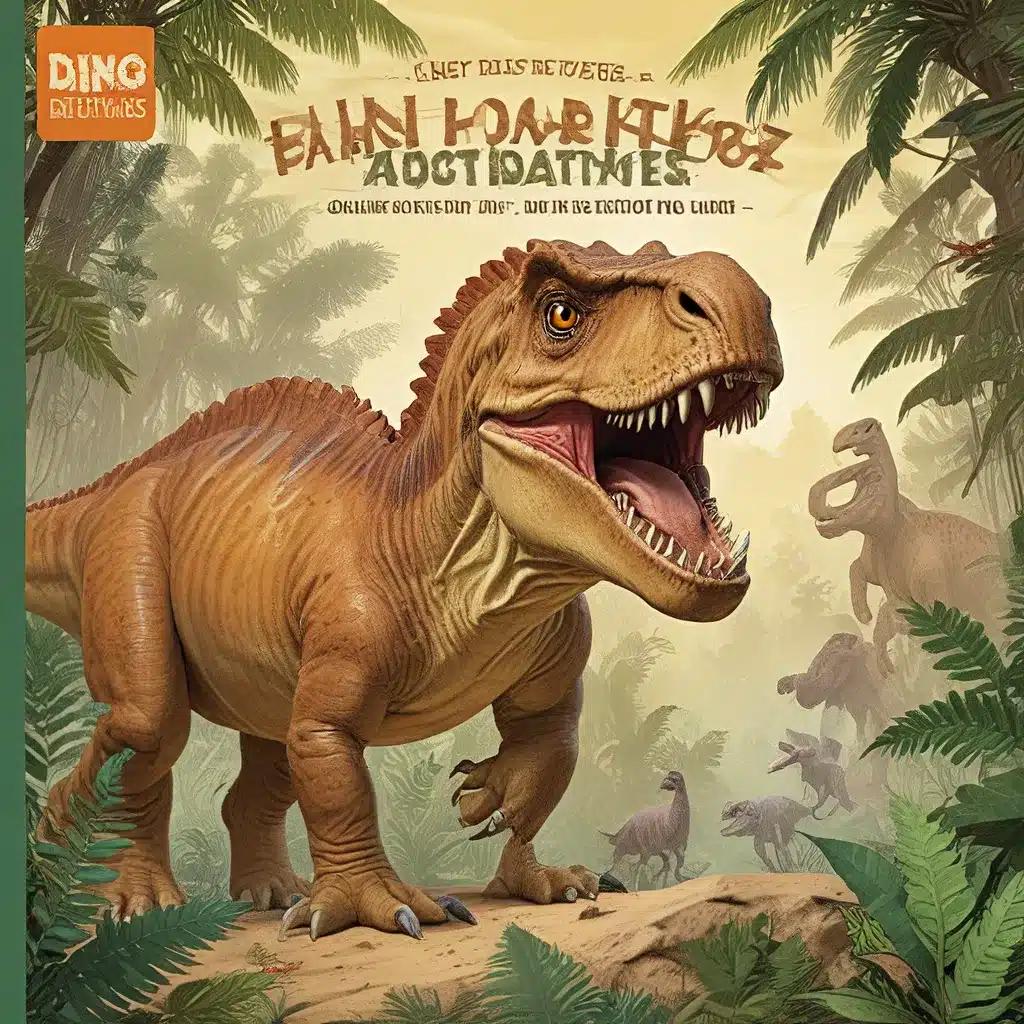
Unraveling the Mysteries of the Cretaceous Period: Piecing Together the Puzzle of Mosasaur Dietary Preferences
The Cretaceous period, a pivotal era in the history of life on Earth, has long captivated the imaginations of scientists, historians, and the general public alike. At the heart of this fascination lies the mosasaurs, a group of enigmatic marine reptiles that once dominated the ancient oceans. Recent groundbreaking research has shed new light on the dietary preferences of these prehistoric predators, offering a tantalizing glimpse into the intricate web of life that thrived during the final chapter of the dinosaur age.
Unlocking the Secrets of Mosasaur Dentition
The Natural History Museum Maastricht, nestled in the picturesque Dutch-Belgian border region, has long been recognized as a veritable treasure trove for paleontologists. It is here that the first Mosasaurus was discovered in 1766, laying the foundation for the study of these captivating creatures. Now, a collaborative effort between researchers from Utrecht University and the Natural History Museum Maastricht has unveiled a new understanding of mosasaur dietary preferences.
By closely examining the tooth wear patterns of various mosasaur species found in the region’s limestone deposits, the researchers have been able to decipher the subtle nuances of these ancient predators’ feeding habits. Using state-of-the-art 3D scanning techniques, the team meticulously documented the minute scratches and abrasions on the teeth, shedding light on the specific prey that each species preferred.
Diverse Dietary Preferences Revealed
The findings of this groundbreaking study have challenged the long-held notion that mosasaurs were in direct competition for resources, suggesting instead a more complex and diverse ecosystem. The researchers noted distinct differences in the feeding patterns of smaller mosasaurs, measuring between 3 to 7 meters in length, and their larger counterparts, which ranged from 8 to 15 meters.
One particularly intriguing discovery was the dietary preferences of the species Prognathodon, which with its large, cone-shaped teeth, appears to have had a surprising affinity for shellfish. This unexpected finding highlights the adaptability and specialized feeding strategies of these ancient marine reptiles.
In contrast, the Plioplatecarpus species, characterized by its narrow, pointed teeth, showed an abundance of wear patterns indicative of a diet rich in fish with heavily scaled bodies. This diversity in feeding habits suggests that mosasaurs were not simply competing for the same resources, but rather occupying distinct ecological niches, maximizing the overall productivity and resilience of the Cretaceous marine ecosystem.
The Maastricht Mosasaurs: A Paleontological Goldmine
The limestone deposits of the Maastricht region have long been recognized as a paleontological treasure trove, providing a unique window into the Cretaceous period. This abundance of fossilized remains has not only captivated professional researchers but also a vibrant community of amateur paleontologists, who have played a crucial role in expanding our understanding of these ancient marine reptiles.
As John Jagt, the curator of the Natural History Museum Maastricht, explains, “Amateur literally means enthusiast, and thanks to 250 years of intensive research by these enthusiasts, we have learned a lot about mosasaurs and other extinct life forms.” This collaborative approach, where professional and amateur scientists work in harmony, has been a driving force in the study of the Maastricht mosasaurs, contributing to the wealth of knowledge we now possess.
Piecing Together the Puzzle of Prehistoric Life
The insights gleaned from the recent study of mosasaur tooth wear patterns have not only enhanced our understanding of Cretaceous period biodiversity but also highlighted the significance of the Maastricht limestone deposits as a paleontological treasure trove. By examining the subtle nuances of these ancient predators’ feeding habits, researchers have been able to reconstruct a more comprehensive picture of the intricate ecosystems that flourished during the final chapter of the dinosaur age.
As Anne Schulp, a fellow paleontologist affiliated with Utrecht University, aptly states, “With this research, some missing pieces of the puzzle from the long-gone latest Cretaceous world are found. We wish to understand diversity better, and that is made easier for us because the animals studied all come from the same rocks and therefore the same period. So instead of describing just one species, we look at the ecosystem as a whole.”
This holistic approach, which considers the broader context of the Cretaceous period, is crucial in unraveling the mysteries of prehistoric life. By piecing together the complex web of interactions and adaptations that characterized this pivotal era, researchers can gain a deeper understanding of the evolution and resilience of life on our planet, informing our perspectives on the challenges and opportunities that lie ahead.
Embracing the Evolving World of Paleontology
The pursuit of knowledge in the field of paleontology is an ever-evolving endeavor, driven by the tireless efforts of both professional and amateur researchers. As the curator John Jagt emphasizes, “There’s nothing wrong with that. Amateur literally means enthusiast, and thanks to 250 years of intensive research by these enthusiasts, we have learned a lot about mosasaurs and other extinct life forms.”
This collaborative approach, where diverse perspectives and expertise converge, is a hallmark of the modern paleontological landscape. By welcoming the contributions of passionate amateurs and fostering an environment of scientific curiosity, the field of paleontology continues to push the boundaries of our understanding of the ancient world.
As we delve deeper into the Cretaceous period and uncover the secrets of mosasaur behavior, we are not only satisfying our innate human fascination with the prehistoric past but also gaining valuable insights that can inform our understanding of the present and future. The journey of the “Dino Detectives” is one of exploration, discovery, and the relentless pursuit of knowledge – a testament to the enduring power of human curiosity and the boundless potential of scientific inquiry.


